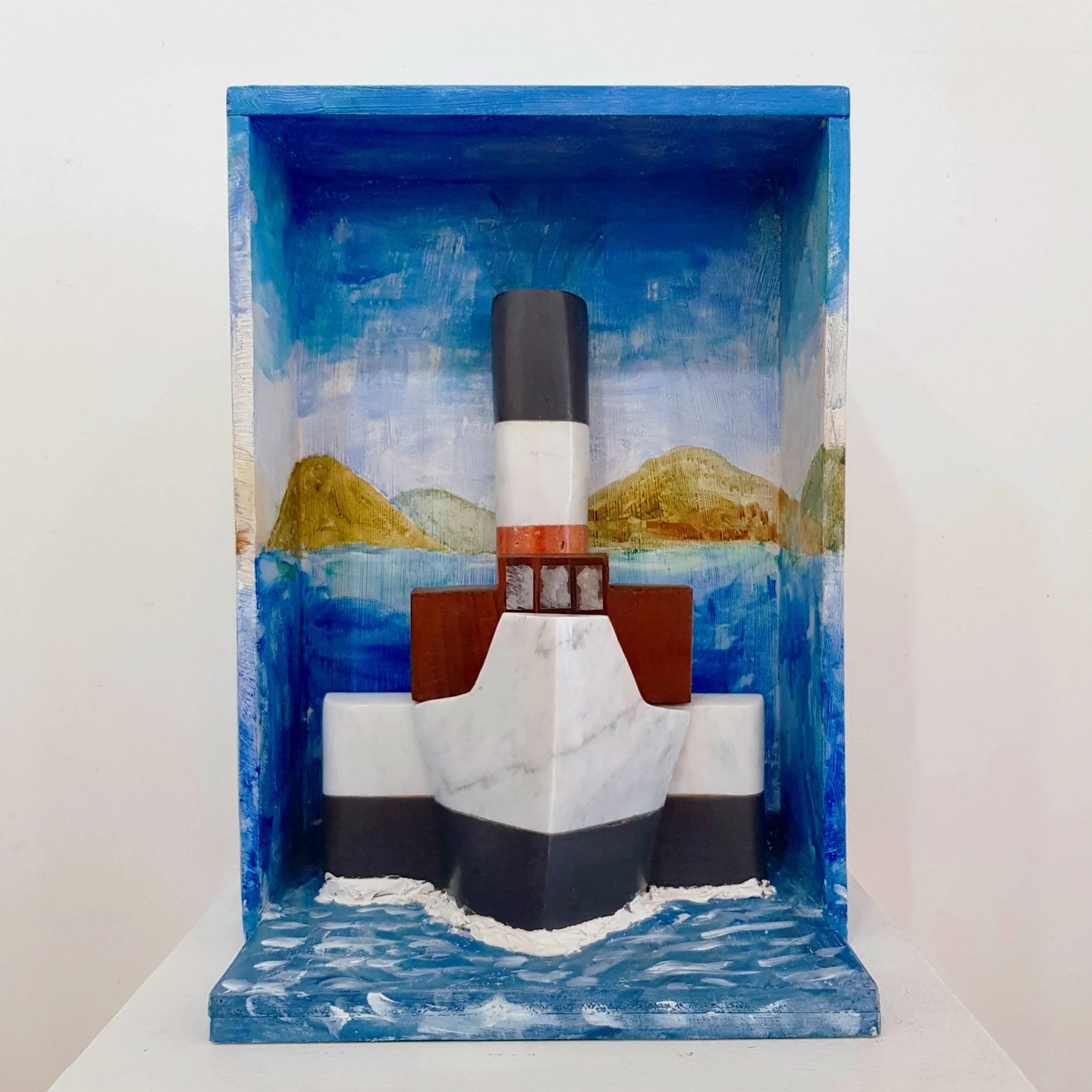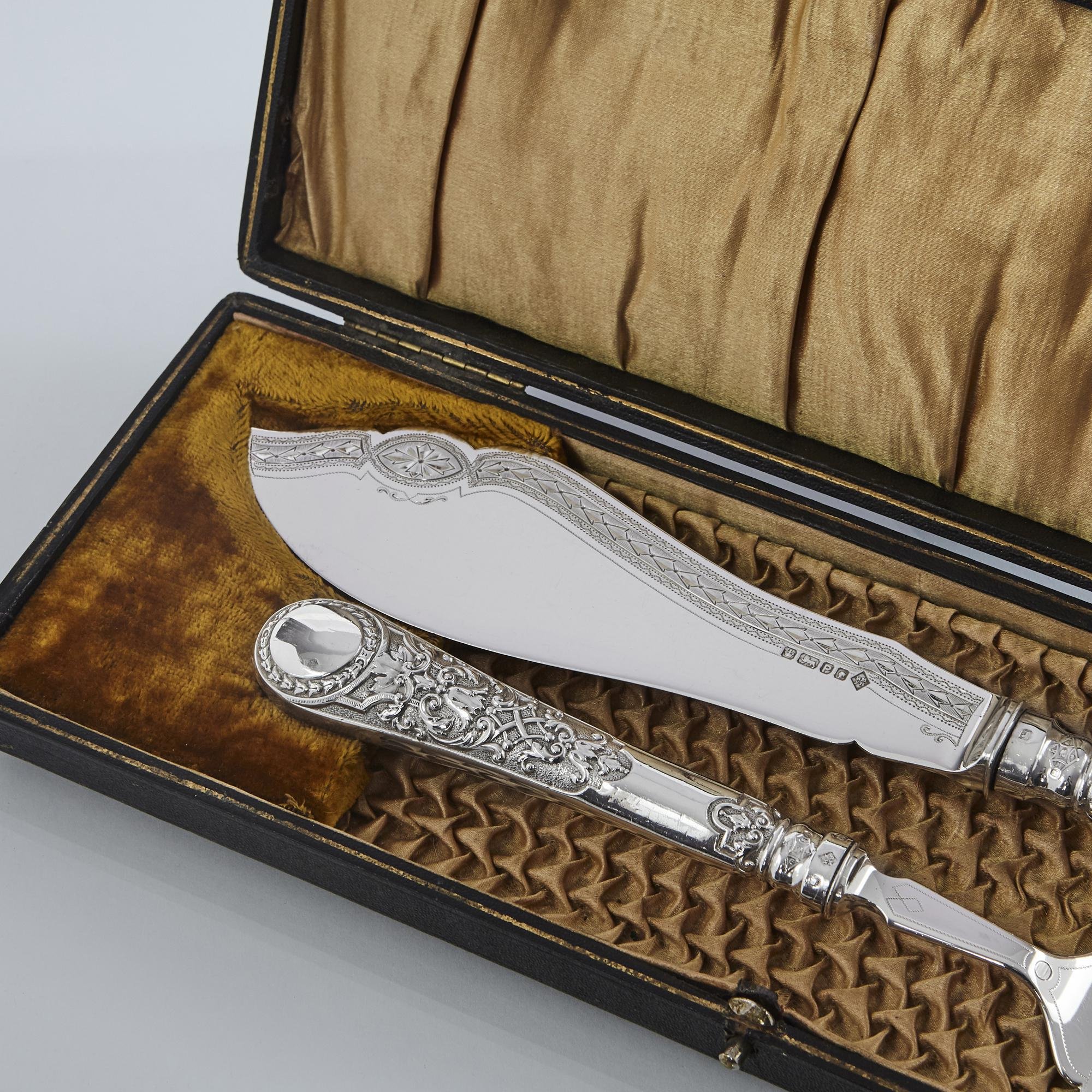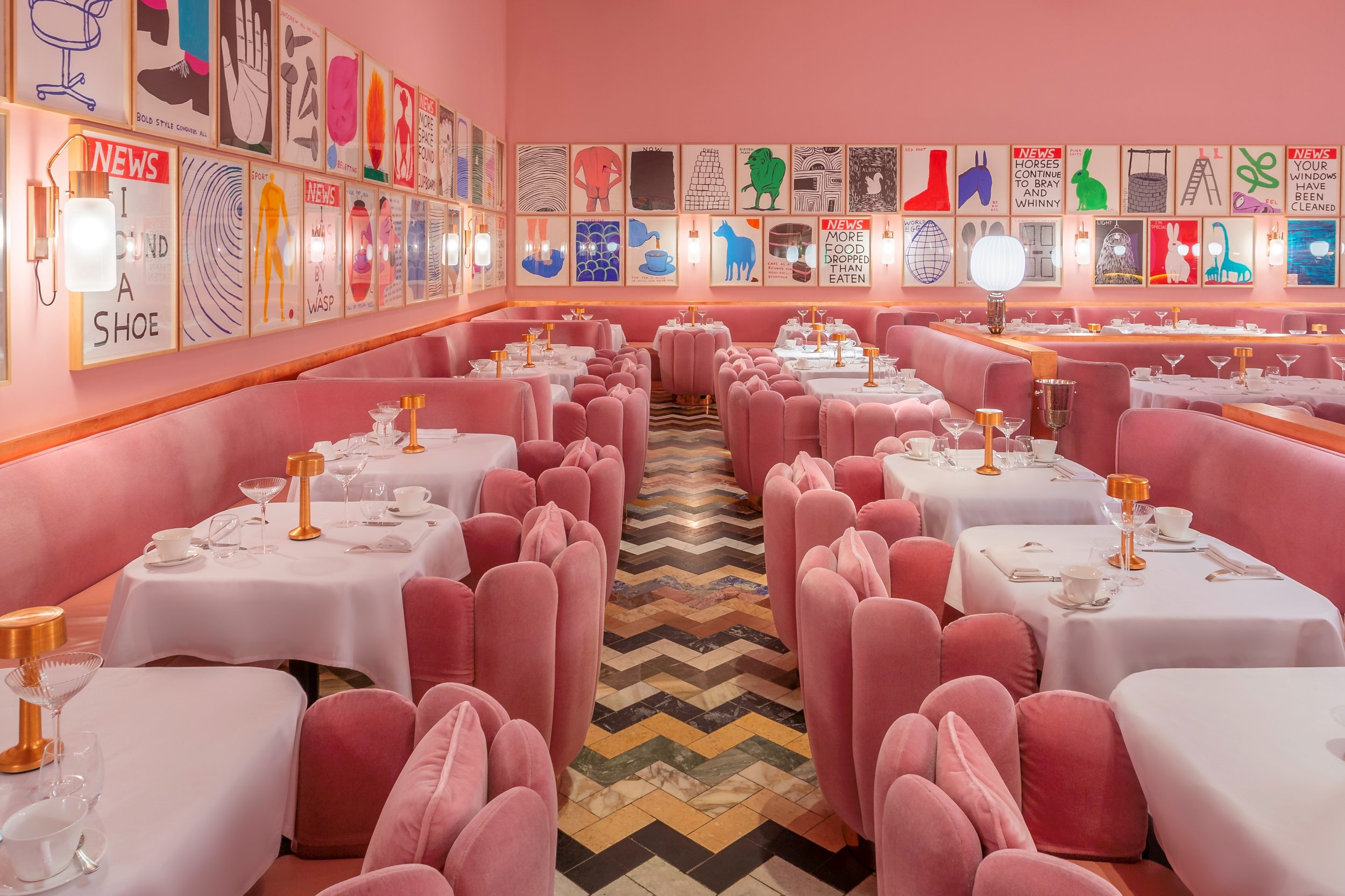Art for Art's Sake
28 JULY 2022
Musings from a gallery founder on the impact of museum shows on artists’ saleability.
James Elwes
James Elwes is the founder of gallery TIN MAN ART, he works with the likes of Thom Yorke, Stanley Donwood, Freya Douglas-Morris and Catherine Anholt.
Walter Sickert, Portrait of Mrs Barrett, 1906.
Image courtesy of PIANO NOBILE, Robert Travers (Works of Art) Ltd. Available at PIANO NOBILE.
The mysterious factors dictating demand in the art world are myriad: geopolitics, economics, technology, fashion, death, critics, primary and secondary sales are but a few. As an art dealer, nothing gets my heart racing like a productive conversation with a museum professional. The truth is that a museum show can drive up artist demand better than the finest sales or PR moves.
This year’s Sickert retrospective at Tate Britain, for example, has had a rippling effect with works by the Camden Town Group painter appearing with handsome price tags at fairs and shows. Paintings such as Portrait of Mrs. Barrett (1906), bought at auction just last year, were being offered privately at three or even four times the previous price. From a cultural perspective, the Tate show reminded us all of the quality of an artist who has not always been the most fashionable, but fits neatly into the current demand for great painting with narrative. Similarly, Life Between Islands of 2021, a Tate retrospective of Caribbean-British art from the 1950s onwards, precipitated gigantic auction sales, most notably Hurvin Anderson’s stunning large-scale Audition (1998), which sold at Christie’s for a whopping £7,369,000, far exceeding its £1,000,000 - £1,500,000 estimate.
There is a misconception that the art market is boom and bust. Occasionally, the stars align and the odd enfant terrible or undiscovered gem explodes, but these trends can flatter to deceive. On the whole it’s a lot slower than one might think. Creating demand for art is a long and complex process based on time, talking and tactics. Great art needs nourishment, and even then, you can spend years trying to propagate something only for it to wither in the spotlight of popular opinion.
A good museum show can take years, even decades, to come together. This delicate undertaking juggles creative vision, multiple stakeholder management and fundraising (always, always with the fundraising). Talking to a curator, head of programmes or museum director is like a spa trip for your average gallerist—an opportunity to talk ideas, leave the commercial hat at the door and remind oneself of what got you into this strange business in the first place. Museums in the UK are woefully underfunded, which adds to the complications of pitching a winning concept, but museum people, I have found, tend to be enthusiastic when an idea is good as well as pragmatic. They are also emotionally intelligent—a quality that can occasionally be lacking in the more aggressive world of galleries and agents. The art world is small, everyone knows each other and you need more than a great idea to win over a curator; you need an insider’s knowledge of their funding, manifesto, structure, audience and history, as well as intelligent insight, persuasive data and credibility.
Hundreds of commercial shows take place every week and it’s damn hard to create real momentum. Even if you do get picked up by the critics or hit a sweet note on social media, it’s unlikely that you will ever be swamped with visitors or sales enquiries on a day-to-day basis. Galleries still operate an intensive programme of exhibitions at a time when people are attending fewer and fewer commercial events—and that’s a tough gig. If you’re showing the same artist year on year and using sales tactics from the 1980s, it’s safe to assume you’re not breaking new ground. Museum shows by contrast can rival major sporting events in terms of buzz and attendance. Tickets for big hitters like Leonardo da Vinci and David Hockney become highly coveted and the talking points that arise from such shows, such as the downgrading of da Vinci’s Salvator Mundi or Hockney’s iPad paintings, become hot topics on which everyone has an opinion.
David Hockney, My Window. Art Edition (No. 751–1,000), iPad drawing ‘No. 778’, 17th April 2011, 2019.
8-colour inkjet print on cotton-fibre archival paper and book. Edition of 250. Signed, numbered and dated (print).
Available from Lougher Contemporary, £26,000.
Top museums don’t just rely on visits in person. Moma boasts 5.6m followers on Instagram, The Met 4.6m, The Guggenheim 2.6m, whereas most private galleries average around 10,000. Museum funding is often reliant on major collectors and sponsors, so any sort of collaboration yields new connections. Most importantly, it’s all about the vision and the idea, not the money, and that allows for a freedom you don’t get with a selling show. A well-thought-out exhibition can appeal to thousands of people who can visit without the awkwardness a selling atmosphere can create. A good museum show very rarely utilises the ‘arty bollocks’ comms style some private galleries employ, instead using reasoned language and concepts with broad appeal. Museum shows provide context in the form of catalogues, texts and audio-guides that you can choose to use - there is no overeager young salesperson talking art at you while trying to deduce your annual salary.
The truth is that the selling show can be a pale and sometimes uncomfortable imitation of a museum show. The latter, being objective, approachable and conceptual, is far more appealing. As museums predate commercial galleries, this is perhaps not surprising. Good art is not made in the spirit of commerce, after all. The best is made as means to communicate thoughts and feelings and there is no greater mouthpiece for its message than that of the cultural institution. Museums provide a timeless stamp of approval that extends beyond more fickle market forces – and the boost to an artist’s value, both financially and reputationally, is all part of the journey.
































